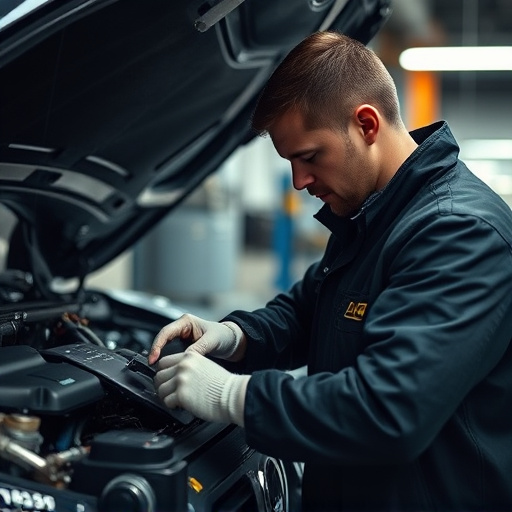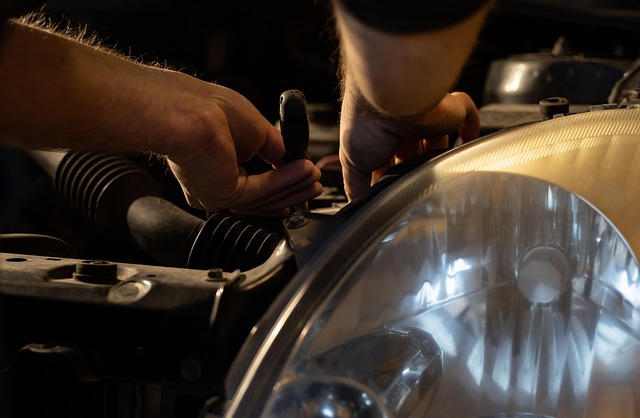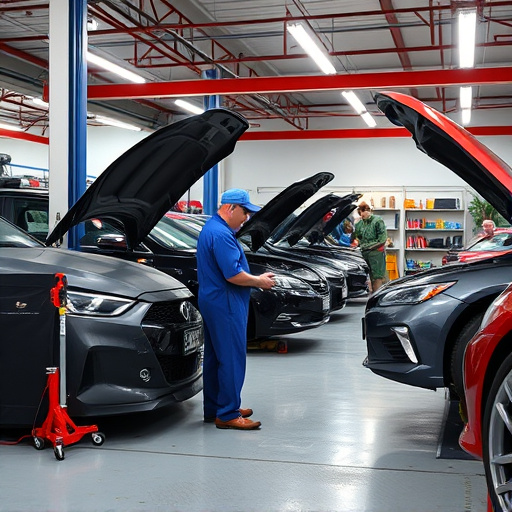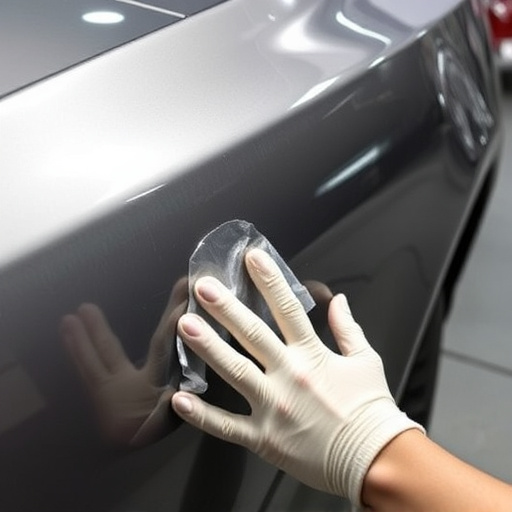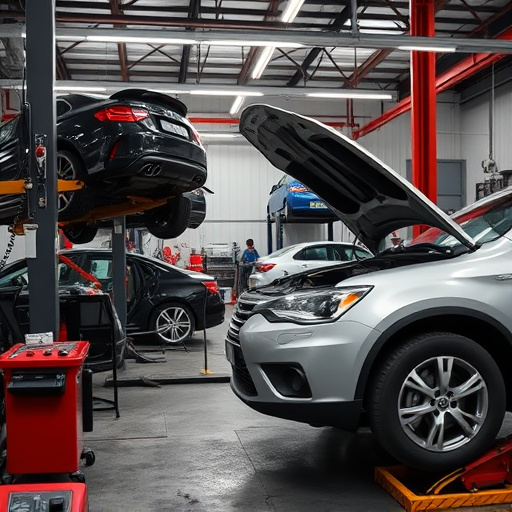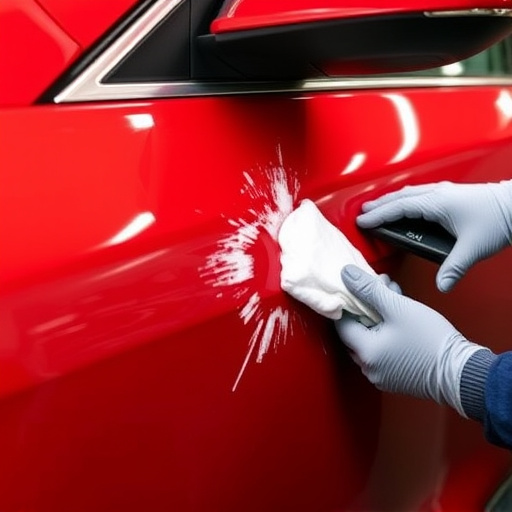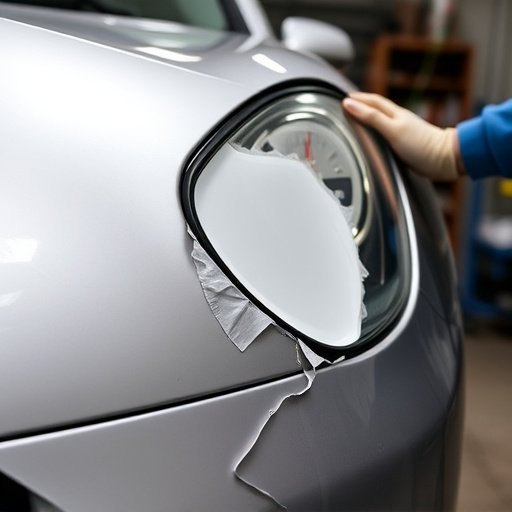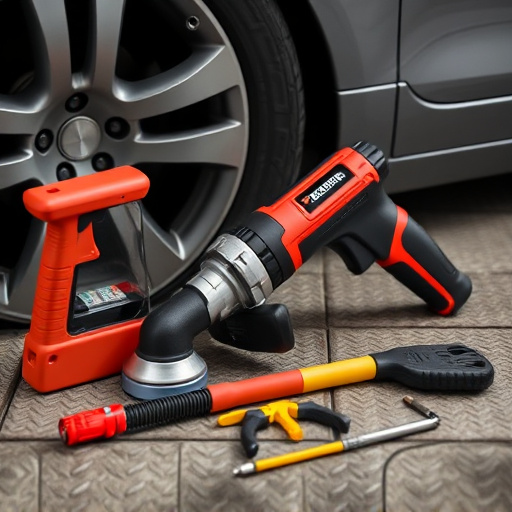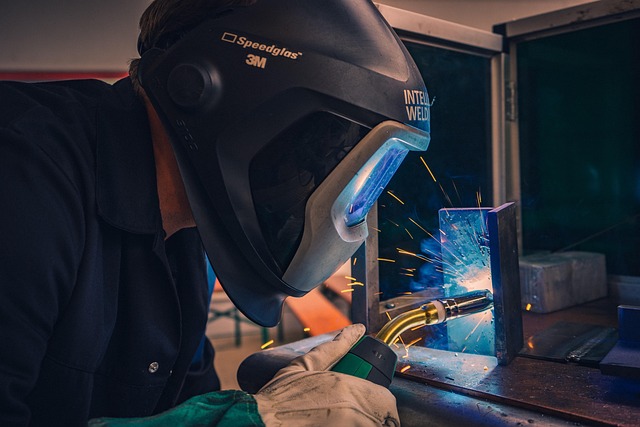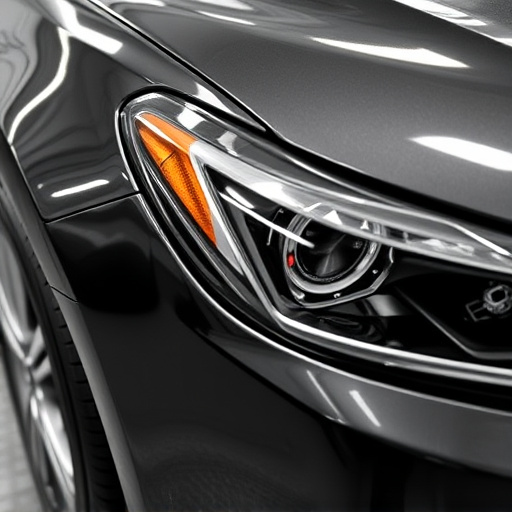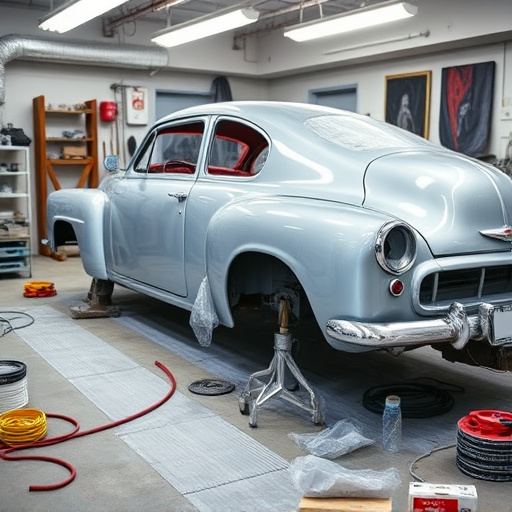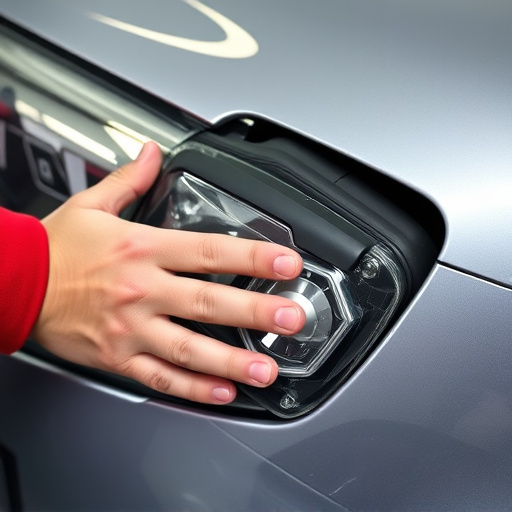Insurance-certified repairs ensure top-tier vehicle damage restoration through a rigorous evaluation process by qualified professionals using safe, quality parts. Documenting damage with evidence like police reports and photos is crucial for filing claims. Selecting repair facilities that follow industry standards maintains car resale value, reliability, and peace of mind.
“Maximize your insurance claims with insurance-certified repairs—a process designed to ensure top-quality, compliant restorations. This guide navigates the intricate yet vital steps, from understanding the repair process and gathering essential documents to ensuring every fix meets industry standards. Learn how to effectively communicate with insurers and choose certified professionals, guaranteeing not just damage restoration but also peace of mind. By following these steps, you can transform your claims experience into a seamless, efficient journey.”
- Understanding Insurance-Certified Repair Process
- Gathering Necessary Documents for Claims
- Ensuring Quality and Compliance During Repairs
Understanding Insurance-Certified Repair Process
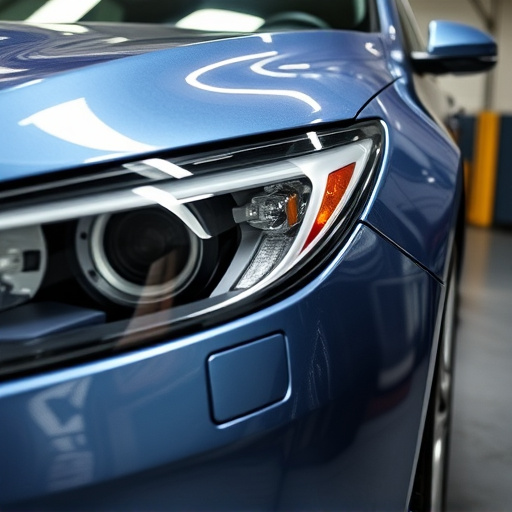
The insurance-certified repair process is a systematic approach designed to ensure that your vehicle receives the highest quality care after an accident. It involves a meticulous evaluation and approval system, where qualified professionals at an auto collision center or car body shop assess the damage and propose repairs aligned with insurance standards. This means that every component replaced will meet specific criteria, guaranteeing both safety and longevity for your vehicle.
By utilizing insurance-certified repairs, policyholders can trust that their claims are handled efficiently while maintaining the integrity of their vehicle. It simplifies the entire process, as the insurance company directly coordinates with a network of trusted body shops, ensuring customers receive top-notch service without compromising on cost or quality. This is particularly beneficial for those who want to restore their vehicle to its pre-accident condition, leveraging advanced techniques like vehicle dent repair for a flawless finish.
Gathering Necessary Documents for Claims

When filing an insurance claim for vehicle damage, gathering the right documents is essential to ensure a smooth and efficient repair process. As part of the initial step, you’ll need to provide detailed information about the incident leading to the damage. This includes a police report (if applicable), witness statements, and any photos capturing the extent of the harm. These documents serve as concrete evidence, aiding insurance adjusters in evaluating your claim accurately.
Additionally, for insurance-certified repairs, you must obtain specific forms from your insurance company. These forms are crucial when selecting a repair facility. Many reputable collision centers or autobody shops accept these certificates, ensuring they meet the necessary standards for quality and safety. Remember to keep copies of all documents for your records throughout the claims process, especially when coordinating auto glass replacement or any other specialized repairs.
Ensuring Quality and Compliance During Repairs
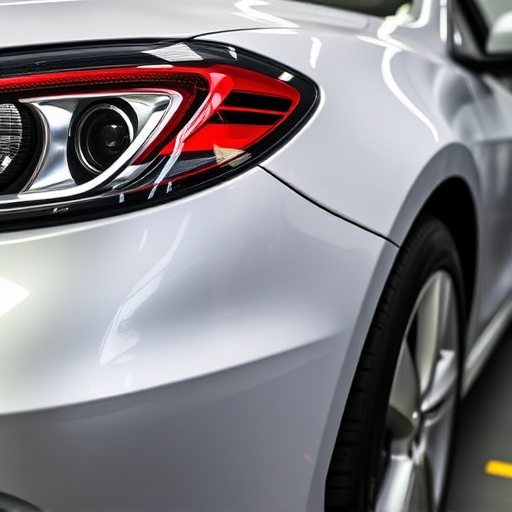
When it comes to insurance-certified repairs, ensuring quality and compliance is paramount. It’s crucial to work with trusted professionals who adhere to industry standards and guidelines set by insurance providers. Reputable repair shops will employ trained technicians specializing in various aspects of auto maintenance, from intricate fender repair to comprehensive car paint services. They understand the importance of accurate documentation and adherence to protocol, which is essential for a smooth claims process.
Compliance goes beyond technical skill; it also involves using approved materials and equipment. Insurance-certified repairs guarantee that every component is replaced or repaired according to the manufacturer’s specifications, ensuring long-lasting results. This meticulous approach not only protects your interests but also helps maintain the resale value of your vehicle. By choosing insurance-certified repairs, you can have peace of mind knowing that your car is in capable hands and that any repairs will stand the test of time.
Applying insurance-certified repairs to your claims is a meticulous process that ensures quality and compliance. By understanding the repair process, gathering essential documents, and prioritizing adherence to standards, you can effectively navigate the claims journey. Incorporating insurance-certified repairs not only facilitates smoother claim settlements but also guarantees that your vehicle receives expert, reliable, and approved fixes.
